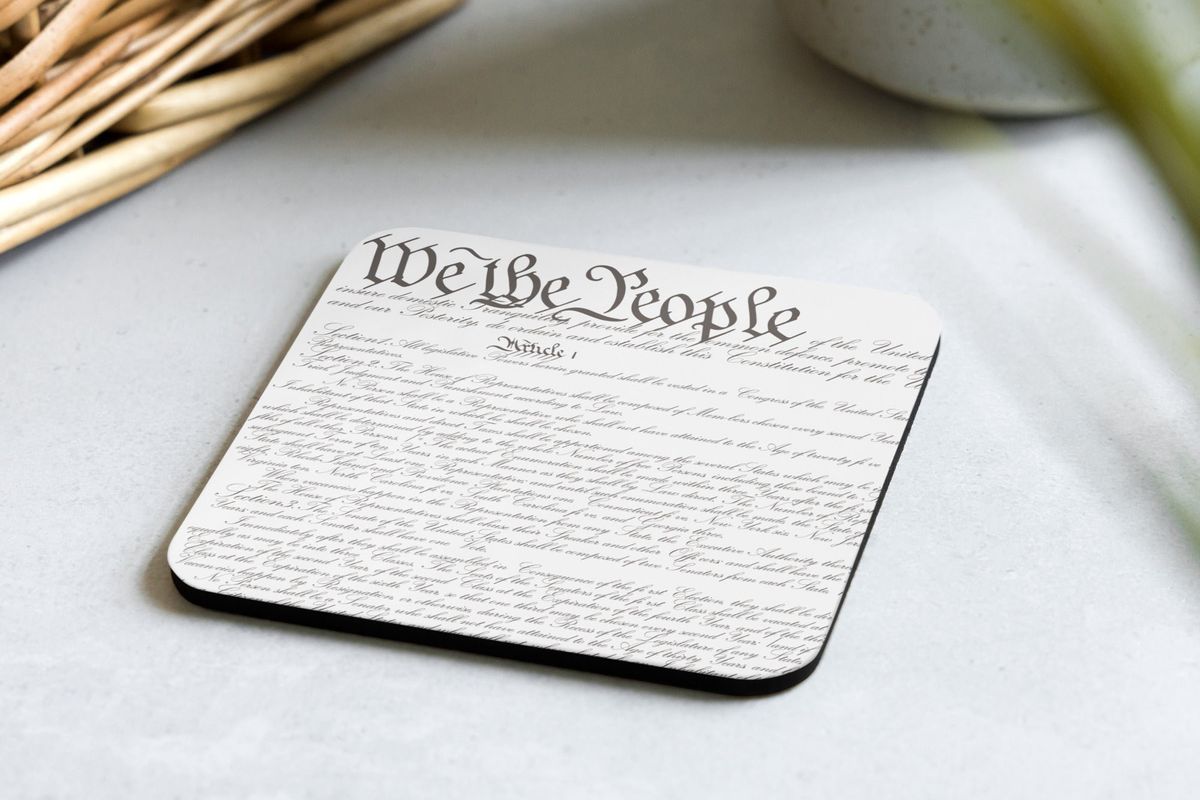These Cookbooks Are Pretentious, But With A Purpose
By Daniel Neman, St. Louis Post-Dispatch (TNS)
I’ll admit it, my first instinct was to laugh. Or at least to scoff.
Two cookbooks crossed my desk recently, and they were, individually and collectively, the most pretentious things I’ve ever seen. It is as if they were competing for some sort of international award for affectation, and they were both tied for first place with nothing else even remotely close.
The first is called Sea and Smoke: Flavors from the Untamed Pacific Northwest. It is a cookbook from the Willows Inn restaurant on Lummi Island, off the coast of Washington State near Canada, about 100 miles and a ferry ride north of Seattle. On the book’s cover is a picture of what appears to be a twig, some seaweed, a few leaves, a crab claw, a clam shell and a dried up, dead fish.
The second book is called Atelier Crenn: Metamorphosis of Taste. This is the cookbook of a San Francisco restaurant called Atelier Crenn. On the cover is a bird’s nest.
The book explains that the restaurant uses a bird’s nest as its logo “because it symbolizes the juncture of art and nature.” Me, when I see a bird’s nest on a cookbook, I think “I don’t want to eat that.”
The Sea and Smoke book is full of recipes such as A Porridge of Lovage Stems and A Stew of Stinging Nettles. One recipe takes clams, wraps them in halibut skins and then rolls them in powdered seaweed. Another pairs fermented turnips with “very aged duck” (you allow the duck carcass to age for a month, “using a damp towel to wipe off any white mold as it appears”).
These are recipes I am not going to make at home. These are recipes you are not going to make at home. These are recipes no one on earth is going to make at home.
It’s not just that they require ingredients that can be difficult to find, such as woodruff and caraflex cabbage and lamb marrow. Other unlikely ingredients you need to make yourself, such as smelt stock and rhubarb wine.
For me, the final straw is the chef-author’s recommendation that you always use eggs purchased from Riley Starks. Starks turns out to be the owner of the inn where the restaurant is located, so to get the appropriate eggs you would have to fly to Seattle, rent a car, drive more than 100 miles, take a ferry to the island, buy the eggs, take a ferry back to the mainland, drive more than 100 miles back to Seattle, stay overnight and catch a plane back home.
Total cost: About $520 — not counting the cost of the eggs — and that is with great deals on the plane and the car. Those had better be really spectacular eggs.
The other book, Atelier Crenn, is also full of recipes that no one, but no one, is ever going to make.
Take, for instance, the recipe for pintade, which is also known as guinea hen or guinea fowl. The pintade itself is cooked sous vide along with some cabbage chips dusted with nori powder (nori is a type of seaweed). It is served with preserved lemon puree, fermented baby leeks and an umeboshi glaze (umeboshi is a pickled Japanese plum). The recipe requires 32 ingredients and 45 separate steps.
That’s nothing. A recipe for something called Birth — a nest made from corn silk filled with corn “eggs” flavored with duck fat and garnished with dark chocolate branches — requires 38 ingredients and 51 steps.
Atelier Crenn is a bastion of molecular gastronomy, that branch of cooking in which science is used to take familiar foods and turn them into unfamiliar forms. It had a brief spasm of popularity a few years ago, but failed to catch on in most of the world, including St. Louis. When done right, it can be pricey.
At Atelier Crenn, each meal costs $220, plus drinks. And thinking about that is why I changed my mind about both books.
These cookbooks are not meant to be used for cooking. They serve rather as a snapshot of the current state of high cuisine and cooking techniques. They are representative of what the best culinary minds are producing, given unlimited budgets and access to ingredients.
Dominique Crenn, the chef-owner of Atelier Crenn, is a trail-blazing, up-and-coming chef; she was the first woman in North America to earn two Michelin stars. Blaine Wetzel of the Willows Inn has a couple of James Beard Awards under his youthful belt and has taken the notion of hyperlocal sourcing of foods to its logical extreme.
Their books take us to their restaurants if we can’t go ourselves and show us what the state of the art of cooking is like right now.
©2015 St. Louis Post-Dispatch. Distributed by Tribune Content Agency, LLC.
Photo: Nana B. Agwei (via Flickr)












